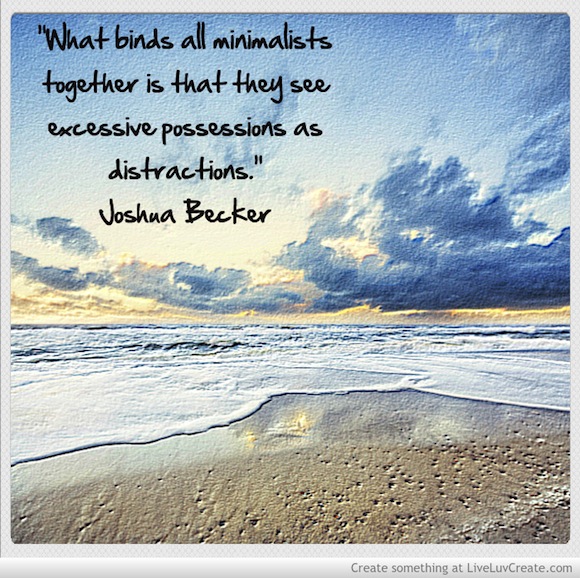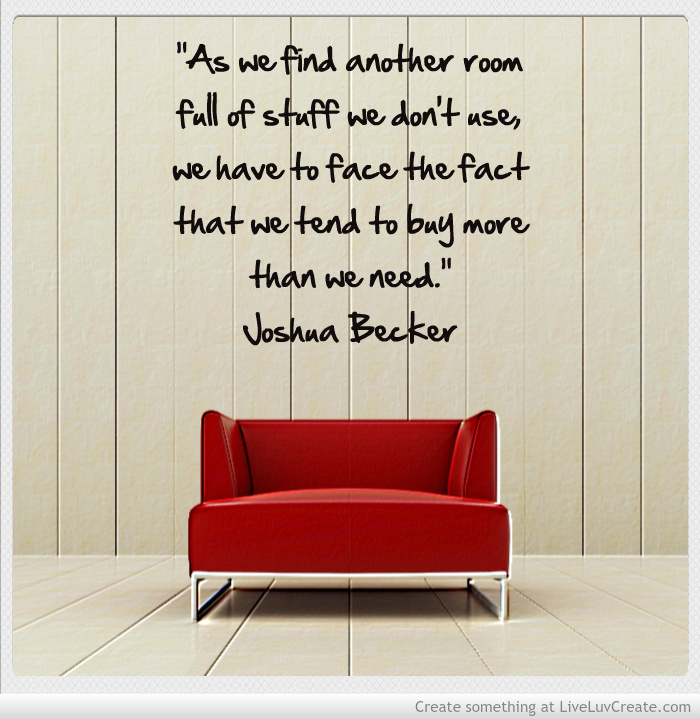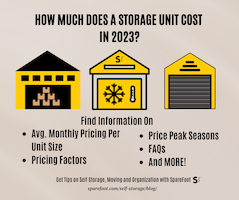Do you think a minimalist is someone who lives in a stark room with just a bowl, a spoon, a mattress and a folding chair? If so, you’ve got minimalism all wrong.
The truth is, minimalism isn’t about living with nothing. It’s about living with only what you need, said Anthony Ongaro, founder of Break the Twitch. Ongaro started the blog last November, when he realized that his online shopping habit resembled an “involuntary twitch.”
Minimalism boils down to ridding your life of clutter. Ongaro defines that as anything preventing you from doing what’s important to you and gives you little satisfaction in return.
“Look around and ask yourself how much time you give to things that don’t give much in return,” Ongaro said. “What are the things that take more of your time than the joy they give you?”
Tired of being attached to items that you touch only when you’re cleaning? If you want to live with just a box containing all your belongings, that’s fine. But there are plenty of levels less extreme that might suit you.
Here are seven steps that can move you toward a minimalistic lifestyle.
1. Find the Right Fit.
“What binds all minimalists together is that they see excessive possessions as distractions,” said Joshua Becker, co-founder of the Becoming Minimalist blog. “A minimalist seeks to live with only the possessions they need.”
After donating, recycling and removing unnecessary stuff, Becker’s family downsized to a smaller home and mortgage. They went from four TVs to one. They found that cutting back to one car actually became a burden, so they bought an inexpensive second car.
Each person’s desired level of minimalism is different, Becker said.
“We all have a life purpose that begins to dictate what tools we need to accomplish that purpose. If someone’s goal is to travel the world, they don’t need much more than what can fit in a backpack,” he said.
2. Start Slowly.
Grab a box and go room by room, getting rid of anything you don’t want. “You’re not even making any hard decisions at this point,” Becker said.
The second step is opening drawers and closets and “really evaluating whether an item is adding value to our lives,” he said. If not, let it go.
3. Make a Game of It.
People avoid decluttering because they get stuck on whether to sell or donate, or they worry about needing the item in the future. Ongaro recommends playing MinsGame, a system created by two guys known as The Minimalists.
To learn more about The Minimalists, visit blog.sparefoot.com/7740-joshua-fields-millburn-talks-about-minimalism and blog.sparefoot.com/7841-ryan-nicodemus-on-minimalism.
Here’s how MinsGame works: On the first day of the month, get rid of one item. It could be an old business card, an unmatched sock or obsolete software. Dump two things on the second day, three more on the third day and so on, adjusting the number of items each day to coincide with the date.
If you play MinsGame in August, which has 31 days, you’ll get rid of 496 items in just one month.
4. Write Down the Reasons.
Jot down the reasons you want to be a minimalist, minimalist Courtney Carver writes on her blog, Be More with Less. If you’re sick of spending nights and weekends working to pay off credit card debt and you’re tired of paying for cable TV packages that you don’t have time to watch, put it on paper.
“Your ‘whys’ will provide great leverage when you think it’s too hard to keep going,” Carter writes. “Your whys will help you remember what matters.”
5. Ditch Consumerism.
Learn to be content with what you’ve got.
“As we find another room full of stuff we don’t use, we have to face the fact that we tend to buy more than we need,” Becker said. Those unnecessary things “just end up stealing our energy and hijacking our passion,” he added.
6. Take a Digital Sabbatical.
Stop the flow of digital clutter into your mind from Facebook, Twitter, smartphones and tablets. Tell your friends you’re turning them off for a weekend, and then do it, Ongaro suggests. “We are losing the ability to be present in our environment,” he said.
7. Travel Light.
On your next vacation, try packing for only half the time you’ll be away, Carver recommends. If you’re traveling for six days, pack for three. Wash your clothes in the hotel’s guest laundry room and wear the same things more than once. “See how it feels to carry less baggage,” she writes.





